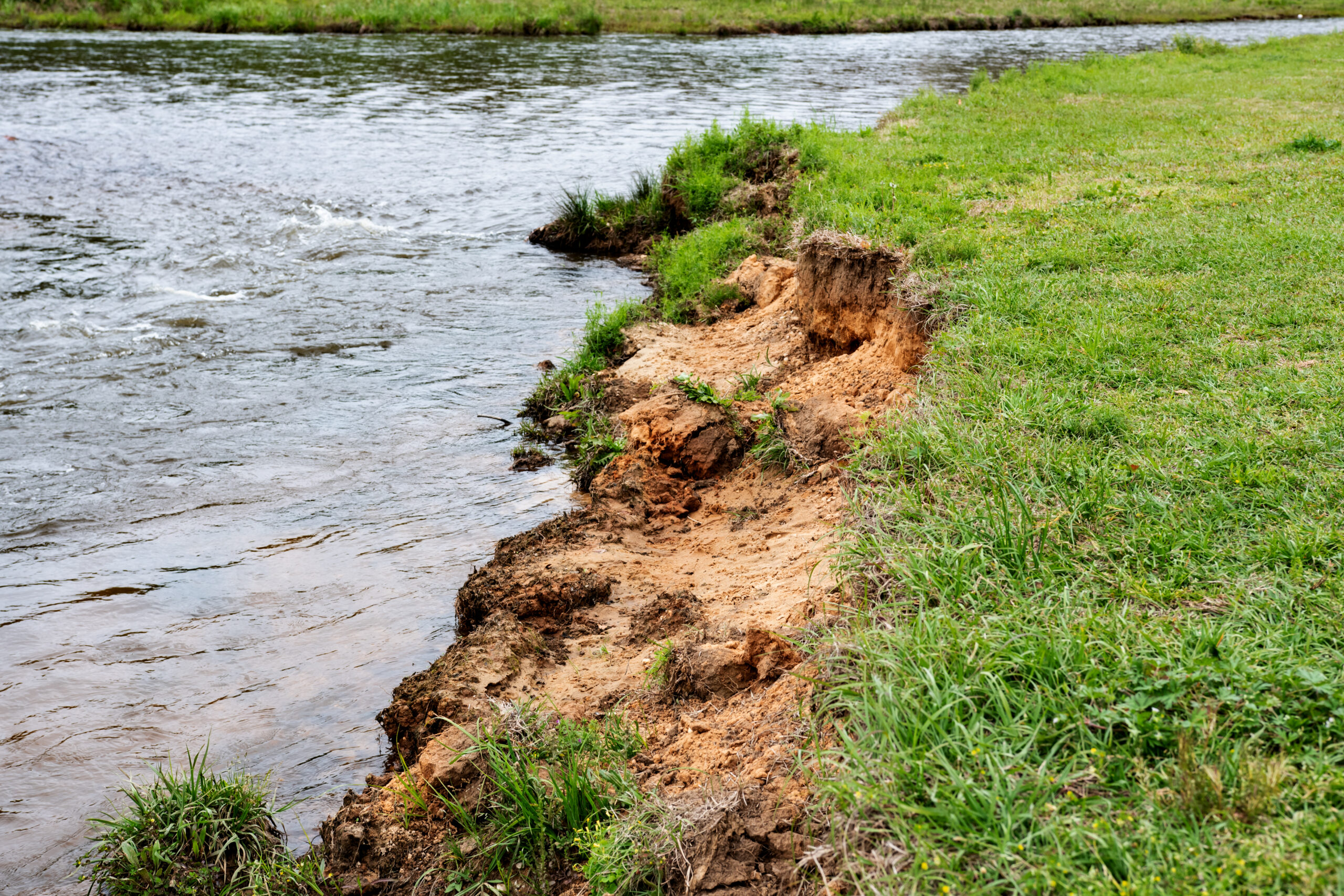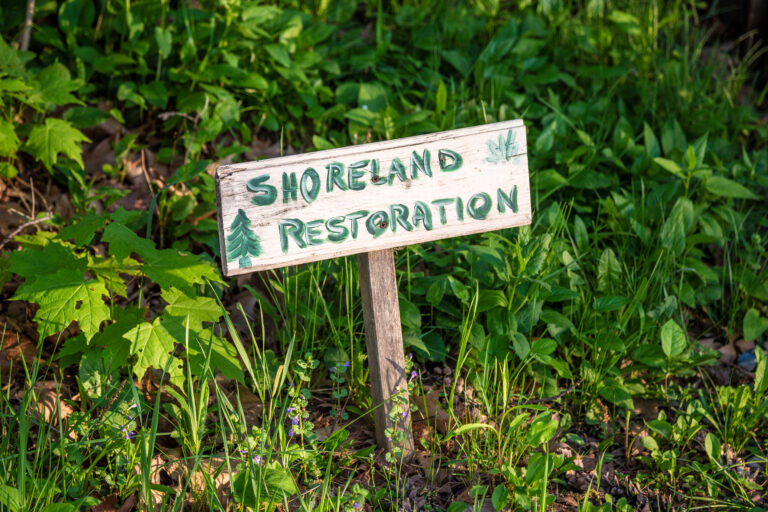
Shoreline Restoration Plans
As anyone who owns or is responsible for managing property where land and water meets knows, protecting the land from the constant forces of the water is a constant battle. Not only are these situations difficult from a design standpoint, but the environmental laws and regulations that may apply are numerous and complicated.
An eroding shoreline is a loss of valuable property as well as being an eyesore. Hard armoring techniques are sometimes a last resort, but they are generally not aesthetically pleasing, and sometimes are even less effective than more natural protection measures such as plantings of select species and other soft protection measures.
Riverbend Environmental, Inc. has dealt with many of these type of issues, and is ready to assist property owners with plans to restore shorelines to a more stable and natural state.
Frequently Asked Questions
If you have additional questions reach out and a team member will get in touch with you.
Shoreline erosion can be caused by a variety of factors, including wave action, water currents, storm events, changes in water levels, boat wakes, and human activities such as development and land use changes. These forces can gradually wear away the land, leading to the loss of valuable property and habitat.
Shoreline erosion not only results in the loss of valuable property but also poses environmental risks, such as habitat destruction and water quality degradation. Additionally, eroding shorelines can compromise the stability of structures and infrastructure located near the water’s edge, leading to potential safety hazards.
Hard armoring techniques, such as seawalls and bulkheads, are often viewed as a last resort for shoreline protection due to their limited effectiveness and negative environmental impacts. These structures can disrupt natural sediment transport processes, accelerate erosion in adjacent areas, and diminish habitat diversity. Moreover, they may detract from the natural beauty of the shoreline and diminish recreational opportunities.
Soft protection measures, such as vegetative plantings, bioengineering techniques, and natural erosion control methods, offer a more environmentally friendly and aesthetically pleasing alternative to hard armoring. By utilizing native vegetation and natural materials, these approaches help stabilize shorelines, reduce erosion, enhance habitat diversity, and improve overall ecosystem health.
In Georgia, the law mandates a minimum 25-foot buffer between state waters and land-disturbing activities for warm-water fisheries and a 50-foot buffer for trout streams. Local authorities may also implement more stringent buffer requirements.
Riverbend Environmental, Inc. specializes in developing customized shoreline restoration plans tailored to the unique needs and conditions of each property. Our team of experts employs a holistic approach that combines ecological restoration principles with practical solutions to address shoreline erosion and enhance habitat resilience. Whether it’s through vegetative plantings, bioengineering techniques, or erosion control structures, we’re committed to restoring shorelines to a more stable and natural state while ensuring compliance with environmental regulations


